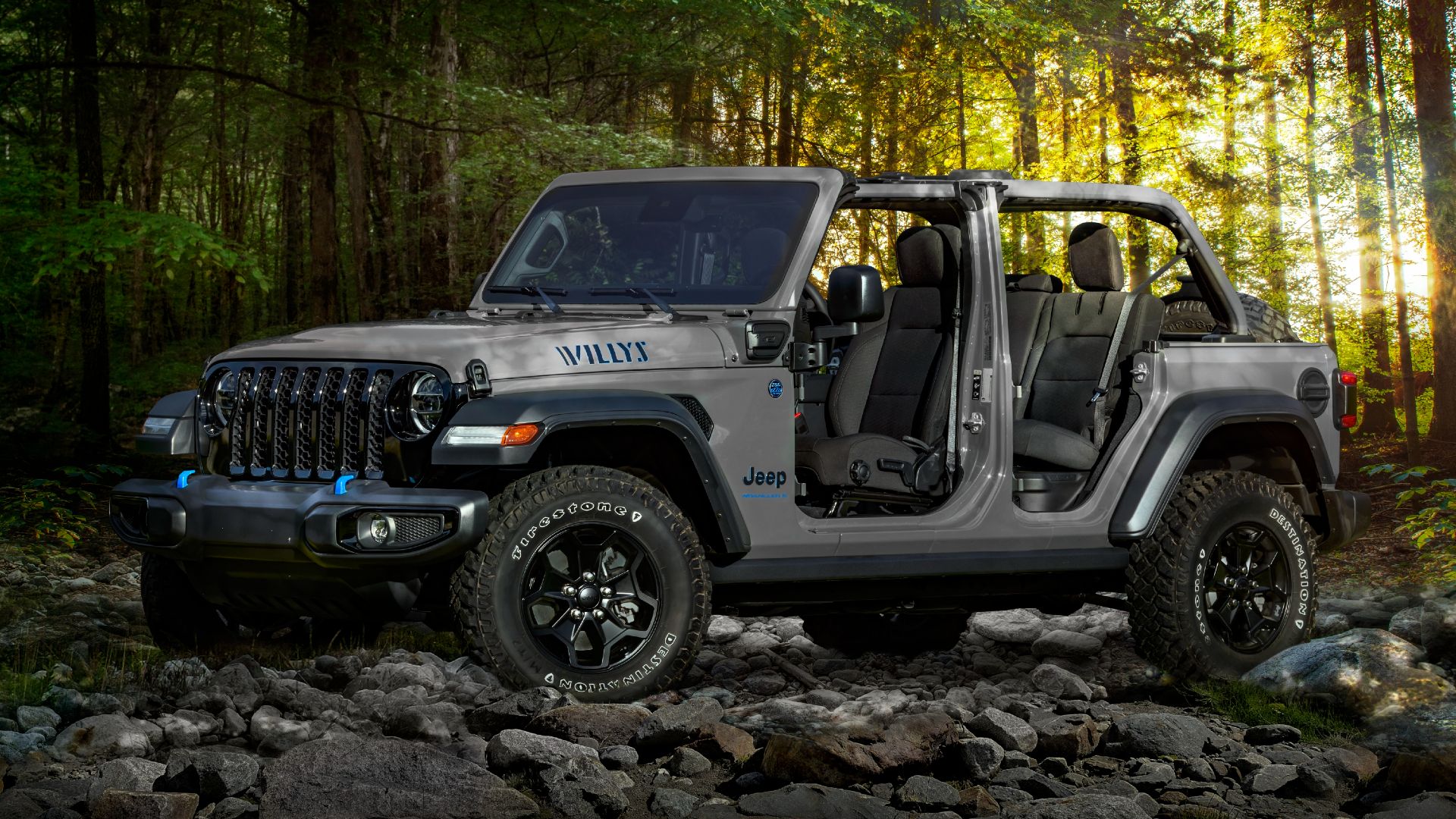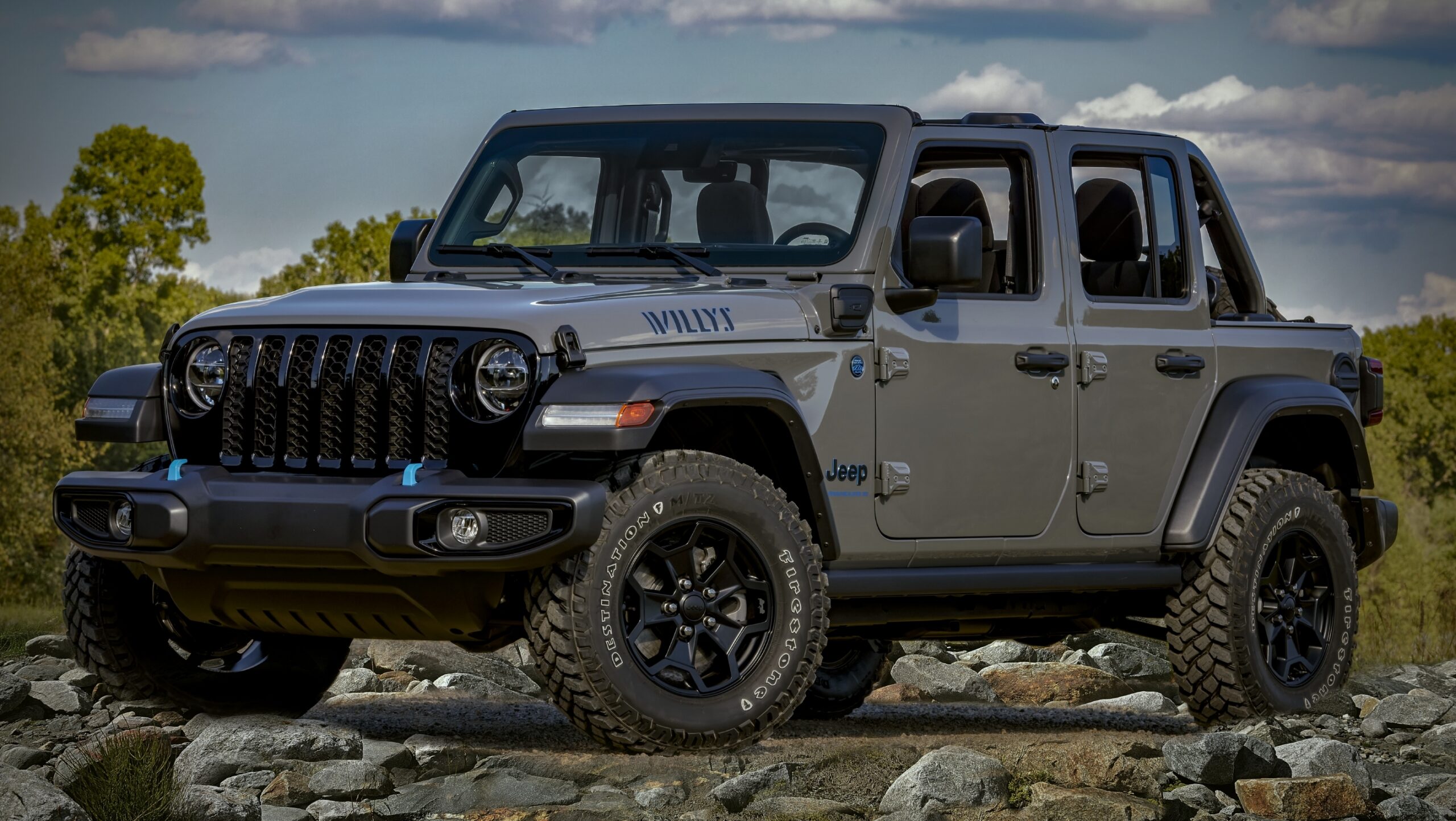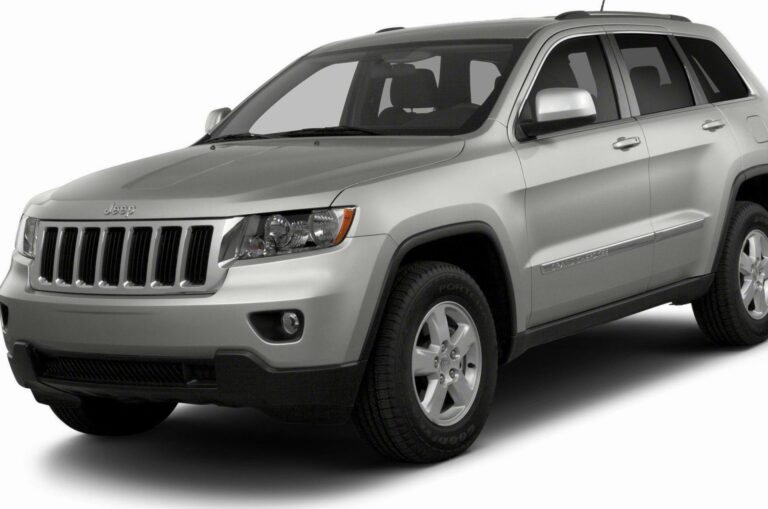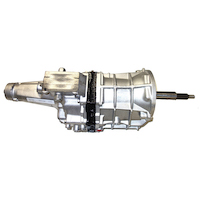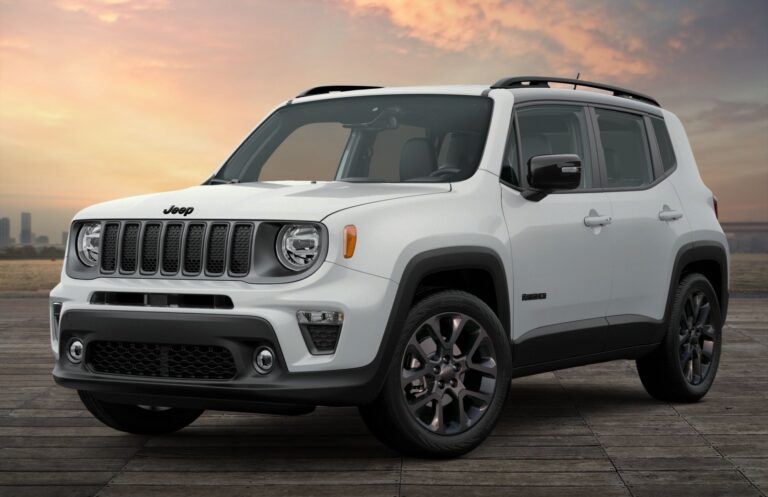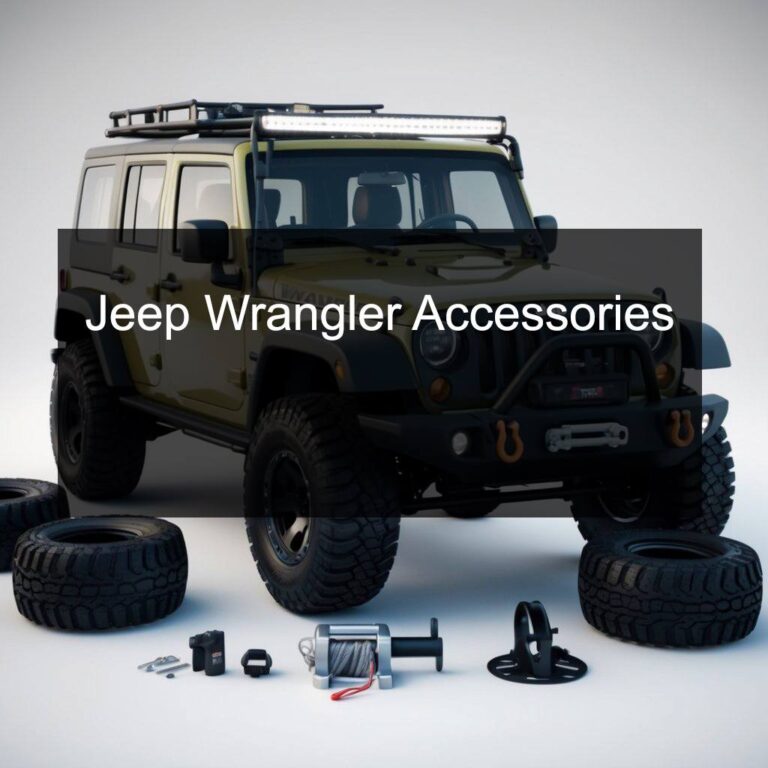Jeep Wrangler Zipper Repair: Keeping Your Adventure Sealed
Jeep Wrangler Zipper Repair: Keeping Your Adventure Sealed jeeps.truckstrend.com
For generations, the Jeep Wrangler has epitomized freedom, adventure, and the spirit of the open road – or trail. A quintessential part of the Wrangler experience, especially for those with soft tops, is the ability to quickly open up to the elements and then seal up tight when the weather turns or the day ends. Central to this versatility are the humble yet critical zippers found on soft top windows, doors, and various accessories. When these zippers fail, the dream of open-air freedom can quickly turn into a nightmare of flapping windows, leaky interiors, and compromised security. Jeep Wrangler zipper repair isn’t just about fixing a minor inconvenience; it’s about preserving the integrity of your vehicle, protecting your interior from the elements, and ensuring your adventures remain boundless and comfortable. This comprehensive guide will delve into the world of Wrangler zipper repair, empowering you with the knowledge and skills to keep your rig sealed and ready for anything.
Understanding the Anatomy and Vulnerabilities of Jeep Wrangler Zippers
Jeep Wrangler Zipper Repair: Keeping Your Adventure Sealed
Before diving into repairs, it’s crucial to understand the types of zippers commonly found on your Wrangler and why they often fail. The soft top windows (side and rear), soft doors, tonneau covers, and even some aftermarket storage solutions heavily rely on zippers for their function.
Common Zipper Types:
- Vislon (Molded Plastic Tooth): These are the most prevalent on soft tops due to their strength, resistance to corrosion, and ease of use. They feature individual plastic teeth molded onto the tape.
- Coil (Nylon Coil): Less common on primary soft top windows but might be found on smaller pockets or older accessories. They consist of a continuous coil of nylon monofilament.
- Metal (Brass/Aluminum): Rarely used on modern soft tops due to corrosion issues, but might appear on heavy-duty canvas accessories.
Where Zippers are Found and Why They Fail:
![]()
- Soft Top Windows (Side and Rear): These are the most frequently used and exposed, making them prime candidates for failure.
- Common Failures: Slider breaking, teeth separating, fabric tearing at the zipper’s end or along the seam.
- Causes: Constant exposure to UV rays (degrading plastic/fabric), dirt and debris accumulation, improper force when zipping/unzipping, extreme temperature fluctuations causing material expansion/contraction, and simple wear and tear from frequent operation.

- Soft Doors: Similar to windows, but also experience stress from opening/closing the door itself.
- Tonneau Covers/Cargo Bags: Less frequent use but still susceptible to environmental degradation and debris.
Understanding these points of vulnerability highlights the importance of regular maintenance and prompt repair to prevent minor issues from escalating into costly replacements.
![]()
Why DIY Zipper Repair is a Smart Choice (and When to Seek Professional Help)
Tackling zipper repairs yourself can be incredibly rewarding, cost-effective, and provide immediate solutions. However, there are instances where professional intervention is warranted.
Benefits of DIY Repair:
- Cost Savings: Zipper repair kits and individual components are significantly cheaper than professional labor or entirely new soft top panels.
- Immediate Solution: No waiting for appointments; you can fix the issue on the spot and get back to enjoying your Jeep.
- Empowerment: Learning a new skill and successfully repairing something on your own vehicle is deeply satisfying.
- Convenience: Repairs can be done at home, at your own pace.
When to Seek Professional Help:
- Extensive Fabric Damage: If the canvas or vinyl material around the zipper is extensively torn, rotted, or requires complex re-stitching that’s beyond basic patching.
- Full Zipper Track Replacement: Replacing an entire zipper track that’s sewn into the soft top requires specialized industrial sewing machines and expertise.
- Lack of Confidence or Time: If you’re uncomfortable with the process or simply don’t have the time, a professional auto upholstery or marine canvas shop can handle it.
- Warranty Concerns: For newer vehicles under warranty, check if DIY repairs might void any soft top coverage.
Essential Tools for DIY Repair:
- Zipper Repair Kit: Contains various sizes of zipper sliders, top stops, and bottom stops.
- Pliers: Needle-nose pliers (for crimping stops) and regular pliers (for stubborn sliders).
- Zipper Lubricant: Silicone spray, zipper wax, or specialized zipper lubricant. Avoid WD-40 as it can attract dirt and degrade plastic.
- Seam Ripper or Small Knife: For removing old stops or carefully cutting stitches.
- Heavy-Duty Thread (UV Resistant): If re-stitching is needed.
- Curved Sewing Needle or Awl: For stitching through tough vinyl.
- Lighter: For carefully melting nylon thread ends to prevent fraying.
- Cleaning Supplies: Mild soap, water, soft brush.
Step-by-Step Guide to Common Jeep Wrangler Zipper Repairs
Most zipper problems boil down to a few common scenarios. Here’s how to tackle them:
1. Repairing a Stuck or Stiff Zipper
This is often the easiest fix and should always be your first step.
- Clean Thoroughly: Use a soft brush (like an old toothbrush) to remove any visible dirt, sand, mud, or debris from between the zipper teeth. A mild soap and water solution can help for stubborn grime. Rinse well and let dry completely.
- Lubricate: Apply a specialized zipper lubricant (silicone spray or zipper wax) generously to both sides of the zipper teeth. Work the slider back and forth slowly to distribute the lubricant. You should feel it glide more smoothly. Repeat as necessary.
2. Replacing a Broken or Worn-Out Zipper Slider (Most Common Repair)
A broken slider is the most frequent culprit for a zipper that won’t close or keeps separating.
- Identify Slider Type & Size: Zippers are sized (e.g., #5, #8, #10). The size is often stamped on the back of the old slider. Vislon (plastic tooth) zippers typically use specific Vislon sliders.
- Remove Old Stops (If Necessary): If the zipper track is fully sewn in, you’ll need to remove the "top stop" (small metal or plastic clips at the end of the zipper track) where the slider normally rests when fully open. Use needle-nose pliers to carefully pry them off, or a seam ripper to cut threads if sewn-in.
- Remove Old Slider: If the old slider is still on the track but broken, simply slide it off once the stops are removed.
- Install New Slider:
- Method A (Easiest, if you can access an end): With the top stops removed, orient the new slider correctly and slide it onto both sides of the zipper teeth from the open end.
- Method B (If no open end): Some sliders are designed to be installed mid-track. Alternatively, if it’s a two-way zipper, you might have an open end.
- Method C (For single-pull zippers that are separating mid-track): Carefully align the teeth at the end where the slider typically starts. Slide the new slider onto one side of the teeth first, then carefully coax the other side in, ensuring both sets of teeth are entering the slider straight. It might take a few tries.
- Re-Install Stops: Once the new slider is on and moves freely, crimp new top stops onto the zipper tape just above where the slider should stop when fully open. This prevents the slider from coming off again. Ensure they are securely fastened with pliers.
- Test: Slowly pull the zipper up and down, checking for smooth operation and proper tooth engagement. Lubricate if needed.
3. Repairing Separated Zipper Teeth (Minor)
If the teeth aren’t severely damaged but just separate after the slider passes:
- Inspect the Slider: Often, this indicates a worn-out slider that isn’t pressing the teeth together effectively. Try replacing the slider first (see above).
- Inspect Teeth: Look for bent, missing, or damaged teeth. If only a few are slightly bent, you might try gently straightening them with needle-nose pliers. Be very careful as plastic teeth can snap. If teeth are missing or severely damaged, the entire zipper section may need replacement by a professional.
4. Patching Small Tears Near the Zipper
If the fabric around the zipper is tearing:
- Clean and Dry: Ensure the area is clean and completely dry.
- Prepare Patch: Cut a patch from similar vinyl or canvas material, slightly larger than the tear. Round the corners to prevent future fraying.
- Adhere/Sew:
- Adhesive Method: Use a strong, flexible adhesive designed for vinyl or canvas (e.g., vinyl cement, marine adhesive). Apply to the patch and the torn area, press firmly, and allow ample drying time.
- Sewing Method: For stronger repairs, hand-sew the patch onto the soft top using heavy-duty, UV-resistant thread and a curved needle or awl. Stitch around the edges of the patch, securing it to the soft top. This can be challenging for thick vinyl.
- Reinforce: Consider stitching a patch on both sides of the tear for maximum durability.
Essential Tips for Maintaining Your Jeep Wrangler Zippers
Prevention is always better than cure. Following these maintenance tips will significantly extend the life of your Wrangler’s zippers:
- Regular Cleaning: Periodically clean your zippers. Use a soft brush to remove dirt, dust, and sand, especially after off-roading. A mild soap and water solution can be used for deeper cleaning. Rinse thoroughly and let dry completely.
- Consistent Lubrication: Apply a suitable zipper lubricant (silicone spray, zipper wax, or specialty zipper lube) at least quarterly, or more often if you live in dusty or coastal environments. This reduces friction and prevents corrosion and stiffness.
- Proper Operation: Always operate zippers smoothly and avoid forcing them. If a zipper snags, stop and investigate the cause. Hold the fabric taut near the zipper as you pull the slider to reduce stress on the teeth and tape.
- Mindful Storage: When rolling up soft top windows for storage, ensure they are clean and dry. Roll them loosely rather than folding sharply, which can crease the vinyl and put stress on the zippers. Store them in a cool, dry place away from direct sunlight.
- UV Protection: Use UV protectants designed for vinyl and soft top materials on your entire soft top, including the zipper tape. UV rays are a major cause of material degradation, leading to brittle plastic teeth and weak fabric.
- Address Issues Promptly: Don’t ignore a stiff or slightly separating zipper. Early intervention can prevent a minor issue from becoming a major repair.
Challenges and Troubleshooting
Even with the best intentions, you might encounter challenges during repair:
- Zipper Keeps Separating After New Slider: The zipper teeth themselves might be worn, bent, or damaged. If a new slider doesn’t fix it, the entire zipper section may need replacement.
- Zipper Won’t Move Even After Lubrication: Check for a bent slider, a foreign object jammed in the teeth, or extreme corrosion. You might need to gently pry the slider open a tiny bit (with pliers) or use a seam ripper to free it.
- New Slider Won’t Engage Both Sides: Ensure the slider is the correct size and type for your zipper. Double-check that both sets of teeth are perfectly aligned and entering the slider straight. It often requires patience and gentle manipulation.
- Fabric Tears Immediately After Repair: The surrounding fabric might be too old or weak to withstand the stress of the zipper. This indicates a need for more extensive fabric patching or professional re-stitching.
Jeep Wrangler Zipper Repair Cost Table
The cost of zipper repair varies significantly depending on whether you DIY or opt for professional service, and the extent of the damage.
| Repair Type / Item | DIY Cost (Estimated) | Professional Cost (Estimated) | Notes |
|---|---|---|---|
| Basic Zipper Repair Kit | $15 – $40 | N/A | Includes various sliders, stops. Great for common issues. |
| Individual Zipper Slider | $5 – $15 | N/A | If you know the exact size and type needed. |
| Zipper Lubricant (Spray/Wax) | $10 – $25 | N/A | Essential maintenance item. |
| Heavy-Duty Sewing Kit | $20 – $50 | N/A | For minor fabric tears (needle, thread, awl, patch material). |
| Professional Slider Replacement | N/A | $50 – $150 | Labor cost for replacing one or two sliders. |
| Professional Minor Fabric Patch | N/A | $75 – $200 | For small tears around zipper, includes materials & labor. |
| Professional Extensive Repair | N/A | $200 – $500+ | Full zipper track replacement, major fabric re-stitching. Price varies. |
| Replacement Soft Top Window Panel | $150 – $400 (Aftermarket) | N/A | If the zipper and fabric are beyond repair, replacement is an option. |
| Full Replacement Soft Top | $500 – $2000+ | N/A | Ultimate solution for severely degraded tops. |
Note: Prices are estimates and can vary based on brand, quality of parts, specific vehicle model, geographical location, and professional shop rates.
Frequently Asked Questions (FAQ)
Q1: How often should I lubricate my Jeep Wrangler zippers?
A1: It’s recommended to lubricate your zippers at least every 3-6 months, or more frequently if you drive in dusty conditions, off-road often, or live in a coastal area where salt exposure is high.
Q2: Can I use WD-40 on my soft top zippers?
A2: No, it’s highly recommended to avoid WD-40. While it might provide temporary lubrication, it’s an oil-based product that can attract dirt, grime, and sand, leading to more stubborn zipper issues over time. It can also potentially degrade plastic zipper teeth and vinyl over time. Stick to silicone-based lubricants or specialized zipper waxes.
Q3: My zipper is completely broken off the track. What do I do?
A3: If the zipper slider has come completely off, you’ll need to install a new one. This usually involves removing the top stops (if present) at one end of the zipper track, sliding on a new, correctly sized slider, and then crimping new stops back into place to prevent it from coming off again.
Q4: Is it worth repairing an old soft top window, or should I just replace it?
A4: This depends on the extent of the damage and the overall condition of the window. If it’s just a broken slider or a small tear, repair is usually cost-effective. However, if the vinyl is cloudy, scratched, brittle, or has extensive tears beyond the zipper, replacing the entire window panel (if available separately) or even the whole soft top might be a better long-term investment.
Q5: What’s the best lubricant for Jeep soft top zippers?
A5: Silicone-based sprays or dedicated zipper wax/lube sticks are generally considered the best. They provide good lubrication without attracting dirt and are safe for plastic and fabric components. Examples include 303 Aerospace Protectant (which also offers UV protection), McNett Zip Care, or Gear Aid Zipper Lubricant.
Q6: Can I replace just one tooth on my zipper?
A6: Unfortunately, no. Zipper teeth, especially on Vislon (plastic molded) zippers, are molded onto the tape as a continuous unit. If individual teeth are missing or severely damaged, the entire zipper section (or the whole window panel) would likely need to be replaced by a professional.
Conclusion
The zippers on your Jeep Wrangler’s soft top are far more than mere fasteners; they are integral to the vehicle’s functionality, comfort, and character. A well-maintained and functioning zipper ensures your interior remains protected from the elements, your gear stays secure, and you can seamlessly transition between open-air exhilaration and sealed-up comfort. While frustrating when they fail, most Jeep Wrangler zipper repairs are surprisingly straightforward and achievable with a few basic tools and a little patience. By understanding the common issues, knowing how to perform basic repairs, and committing to regular maintenance, you’ll extend the life of your soft top and keep your iconic Wrangler ready for every adventure, come rain or shine. Embrace the DIY spirit, and keep your Jeep sealed for the journey ahead!
